Simulating Subsurface Conditions for Green Energy Technologies
Simulating Subsurface Conditions for Green Energy Technologies in Lower Saxony and Scotland using the unique GREAT Cells of Edinburgh University and Georg-August Universität Göttingen
The UK and German governments have each made commitments to conduct a transition towards green energy in the face of the climate crisis driven by CO2 emissions. Many proven or potential technologies for the green energy transition make use of the subsurface, and are in various stages of trials and development within Scotland and Lower Saxony:
- Short-term energy storage,
- Long-term waste storage,
- Geothermal energy.
Each of these technologies require an understanding of how a fluid interacts with a porous rock (potentially featuring fractures), and under complex subsurface pressure and temperature conditions. Understanding the behaviour of both the fluids and the rocks under accurately recreated subsurface temperature and pressure conditions is therefore of great importance in the development of these technologies.
Hydraulic fracturing
A critical interaction between fluid and rock occurs during well-stimulation or hydraulic fracturing. Hydraulic fracturing is a fracture mechanism in which pressurized fluids generate a fluid overpressure exceeding the strength of the rock and cause the aperture of fractures. Natural occurrences of hydraulic fractures can be observed in volcanic systems, where the ascending magma breaks the surrounding rock, either feeding a volcanic vent resulting in volcanic eruption and/or lava flow or forming subsurface volcanic bodies (e.g., dyke, sill). The same hydraulic fracturing mechanism is used, this time driven and controlled artificially, for well-stimulation techniques to improve permeability (i.e. a measure of how well fluid flows within a specific material) of a geothermal reservoir.
So called Enhanced Geothermal Systems (EGSs) are exploited in this way, where the well-stimulation technique allows for a better fluid and heat circulation within a deep, hot dry rock.
Potential geothermal reservoirs are ubiquitous around the world and accessing the heat stored in these reservoirs has the potential to provide a sustainable energy source. In the majority of the cases, hydraulic fracturing represents the only way to achieve this.
However, this permeability enhancement does not come without risk. One of the goals of our project is to better understand how cracks form and propagate during a simulated well-stimulation process and how this affects the associated seismicity at the laboratory scale, in order to minimise the seismic risk at the field scale. Only with proven studies about safe and clean use of hydraulic fracturing can we develop a global case for the extensive usage of geothermal energy.
Laboratory experimental techniques for investigating
subsurface geoenergy technologies
The study of georeservoirs can be conducted in the field, with numerical simulation or through laboratory experimental rock deformation. These experiments are important for understanding processes deep underground, because the conditions can be created repeatedly, and rock samples can be monitored closely by arrays of sensors and equipment.
GREAT cells
The University of Edinburgh and Georg-August-Universität Göttingen host a pair of otherwise unique high-pressure rock deformation rigs, the GREAT cells (Geo-Reservoir Experimental Analogue Technology). This research tandem involves collaboration on the development of these two cells, and their different arrays of sensors and pressurising elements. The GREAT cells will be used to perform experiments investigating fluid movement and induced fractures in a potential geothermal target formation in the North German Basin, before investigating the impact of natural fracture networks using similar experiments on the Scottish Glensanda Granite. These cells are unique worldwide, and therefore there is much to be gained through a collaboration between the two working groups.
“The ECAS Tandem Fellowship allows Marco and I the opportunity to learn from each other’s expertise in the development of our respective laboratories. We also benefit through learning about the economic and geotechnical issues relating to potential geothermal energy resources in both Lower Saxony and Scotland, and have been able to work carefully on developing a project with the potential for impact in both regions.”
Project Owners
“Thanks to ECAS and the Lower-Saxony Tandem Fellowship programme, our collaborative GREAT cell project will advance significantly. Both Mike and I will benefit from each other’s knowledge and skills so that we can understand better the potential of geothermal reservoirs.”

Mike Chandler
Info
Mike received his PhD in Experimental Geophysics from University College London, UK in 2015. In his doctoral work he developed techniques for experimental fracture mechanics in highly anisotropic and inhomogeneous materials. He then spent six years working at the University of Manchester, UK, developing techniques for experimentally imaging the development of fractures in rock materials under in-situ conditions. He has been working on the development of the GREAT cell at the University of Edinburgh since March 2022.

Marco Fazio
Info
Marco received his PhD in Experimental Rock Mechanics from University of Portsmouth, UK, in 2017. His project dealt with laboratory simulation of fluid-induced seismicity with application to volcano seismology. In addition to his PhD project, Marco contributed to set up the new Rock Mechanics Laboratory (RML) at the University of Portsmouth. He then moved to Göttingen, Germany, initially working as Project Manager at the geotechnical company Wille Geotechnik for 5 months and later, in 2018, joined the Applied Geology department at the University of Göttingen. Here Marco set up the Laboratory of Experimental Hydro-Geomechanics (LEHG) and is following the development of the GREAT cell project.
